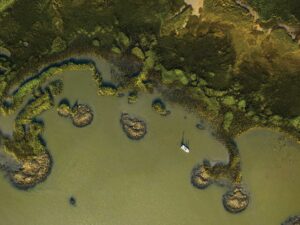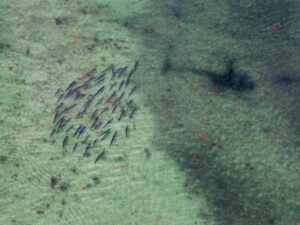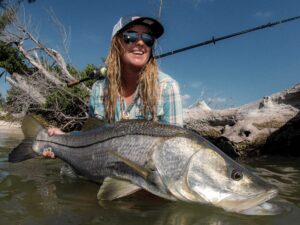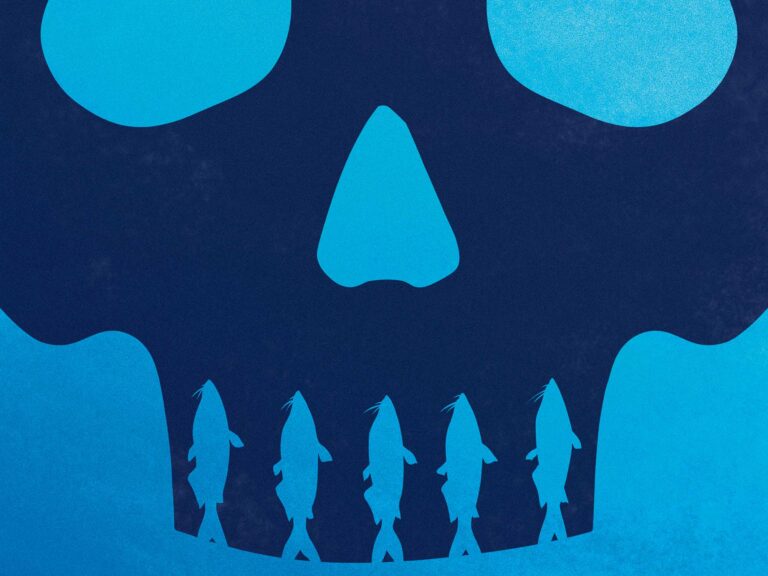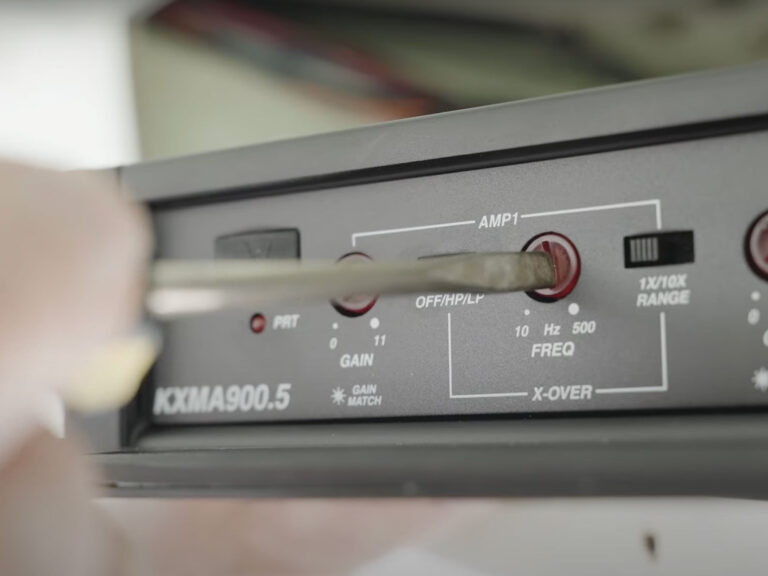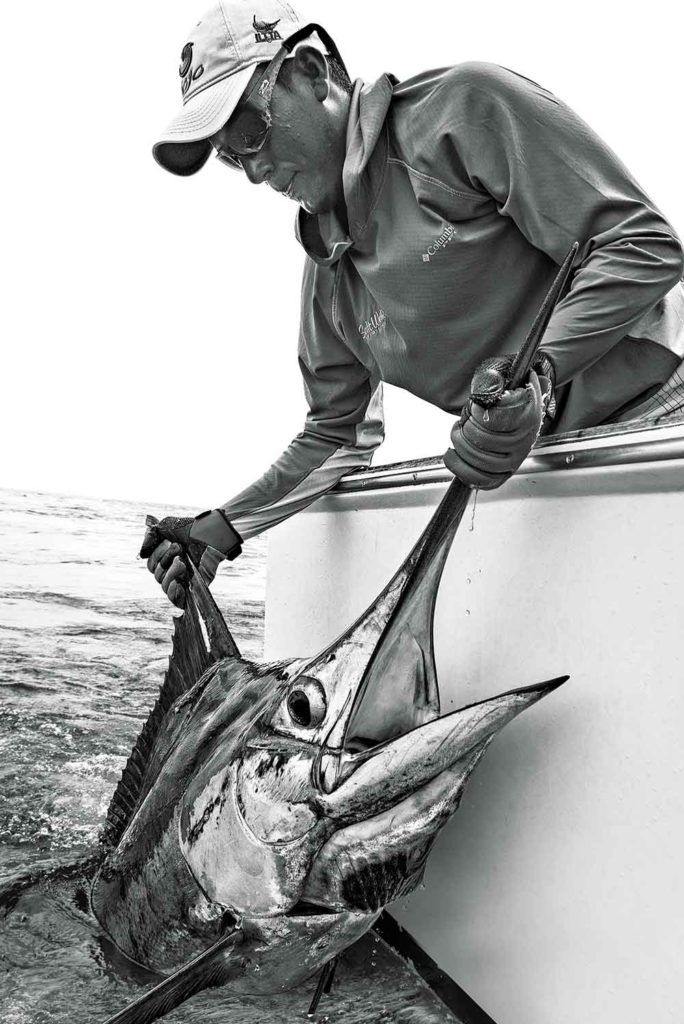
The fish — and the expletives — are flying. The 200-pound blue marlin vaults 4 feet into the air, performing what a gymnast might call a handspring front salto with a half-twist, before crashing back into the water only to leap again, its bill pointing east, then north, then east again as it tries to throw the circle hook. Spindrift, a twin-screw 38-foot Stolper, backs down; water floods the transom. The mate collects leader with a backhand wrap. Chaos. Release. Fist bumps. More expletives.
Fifteen minutes earlier, the anglers and crew had been politely eating tuna sandwiches. (The fillets were attached to a 25-pound yellowfin a mere half-hour before.) Mark MacKenzie, a soft-spoken but seasoned fisherman, looks up from his plate and sees a beak by the left bridge teaser. He points a crooked finger, mouth still full of pelagic cuisine. “Marlin,” he says, loud but not panicked. Capt. Nicho Alvarenga shouts in Spanish as mate Alexis Montenegro grabs the Shimano from the rod holder. The Tyrnos reel goes into free-spool. Rod down, thumb on the line. Wait for it. Wait for it. Montenegro sets the hook and hands it off to Matt Hickman, who’s about to catch his first billfish.
If one wants to feel like a fishing legend, one should go to Casa Vieja Lodge. While the Salt Water Sportsman team I traveled with to Puerto San Jose, Guatemala, has lost count of its trophy catches, a few of us are relatively offshore newbs: Matt Hickman, pro-wakeboarder-turned-corner-office-executive with a few speckled trout to his name; Megan Williams, raised on smallmouth bass and soft plastics in Cleveland, Ohio; me, an avid indoorsman who found his adventurous side later in life. Thankfully, there’s Guatemala, a strange but beautiful mix of Colorado and the tropics, a volcanic jungle nation on mountain time. The fishing knowledge one gains in this living classroom surpasses any lifetime magazine subscription or internet deep dive. One thousand readings is not as great as one doing.
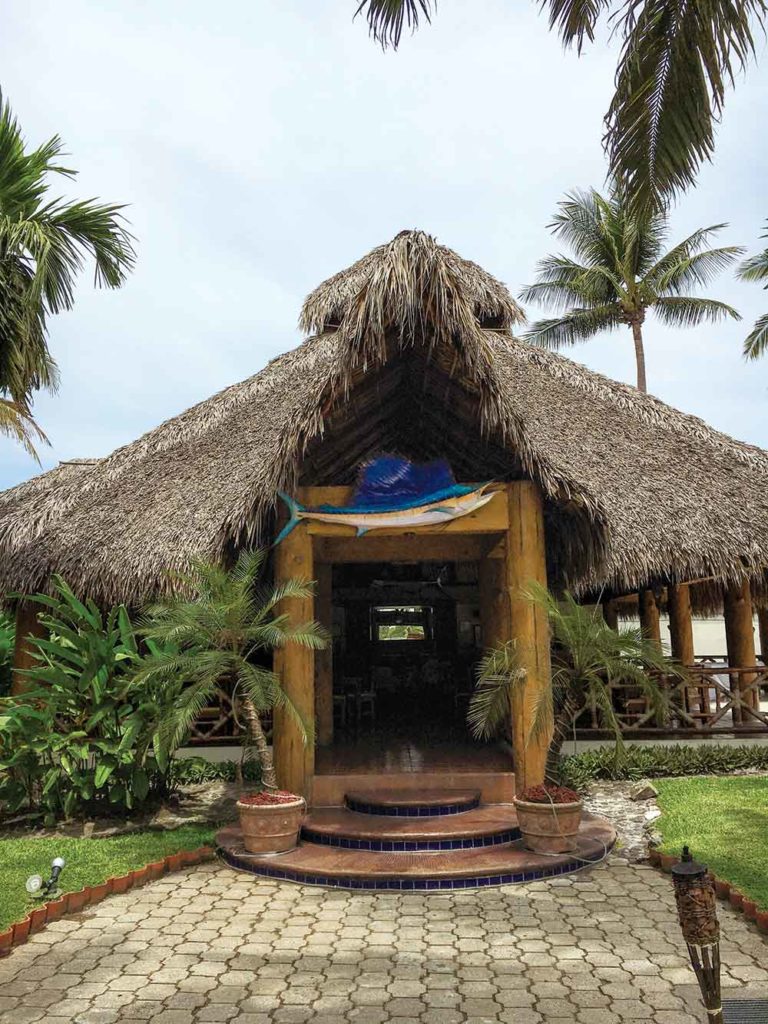
The coffee is darker than the sky when the first cup arrives at your door at 6 a.m. It’s June, and my hotel windows are sweating (you know how it goes with indoorsmen and their air conditioning). Casa Vieja is cozy and low-key, save for the resort’s centerpiece: a grand, three-story palapa. Beyond the front gate, Puerto San Jose is waking up. The gates on the tiendas are still down. A mother rides sidesaddle on the back of a scooter, a baby cradled in one arm.
After a short ride to Marina Pez Vela, the Salt Water Sportsman team splits in two: half on Spindrift and half on A-fin-ity, a 39-foot all-wood Billy Knowles. Capt. Chico Alvarenga (Nicho’s brother) sits on a padded diner stool at the helm. Upon leaving the marina, someone points out an incoming Chiquita banana freighter, a boatload of bad luck.
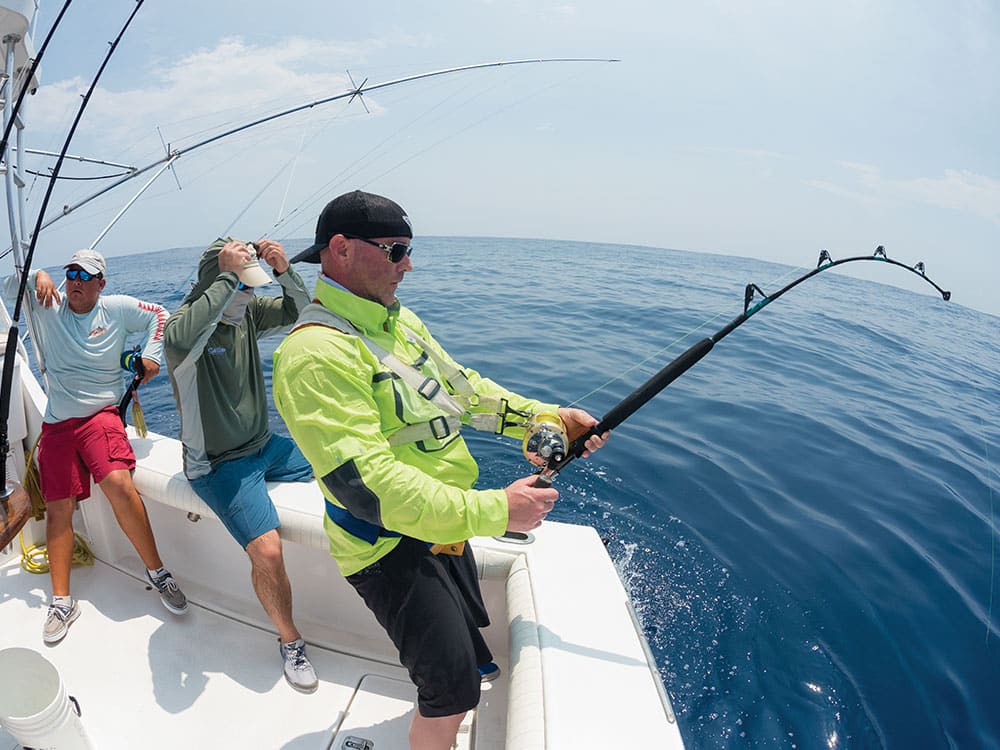
Eyeless ballyhoo are lined up perfectly, like the stripes on a Yankees uniform, atop an ice-blue Yeti 65. They are waiting to be rigged, chin-weighted and tossed over the transom, the foot soldiers in today’s battle.
After 30 minutes of trolling, the sails strike. Across the VHF comes word that Spindrift has a triple on. Williams and her two compatriots make short work of it. With the leaders in sight, the fish thrash, their brilliant blue dorsals clearly visible, even against the matching Pacific waters. In the first half-hour, they earn three release flags.
There is nervous water off the starboard bow. It’s a pod of spinner dolphin, too many to count, the calves the size of Labrador retrievers. They corkscrew out of the water, one after the other after the other — Planet Earth live. The captain switches up the tackle; he knows the yellowfin tuna are close by. Spinners and yellowfins partner up, creating large groups as they search for forage. The first hookup is unsuccessful and unconventional: a 100-pound tuna that got itself tangled on a teaser rod. MacKenzie cranks on it, the bent butt in a rod holder. He barely eeks out a quarter turn of the handle with each push. The fish breaks off shortly thereafter, but there’s another dozen in the 20- and 30-pound range to come. The tuna put up a solid fight — muscling their way down deep, then swimming in circles — but eventually wear out, then the gaff sweeps in.
The captains are happy to indulge the yellowfin frenzy, but those stats mean little to them. Even sails don’t jack their heart rate. Marlin is the true prize, and rightly so. It’s a knees-against-the-transom (no fighting chairs here), stand-in-ankle-deep-water, engine-ringing-in-your-ears kind of fight. Line peels away as it dives below the boat. At the surface, it leaps and contorts. I reel down like a coffee grinder on an America’s Cup tri-foil to avoid slack line. Over two days, we released four blues and 28 sailfish, and 18 yellowfins and four mahi went in the fish box. The yellowfins made for overstuffed tuna rolls at our final meal, which paired nicely with the micheladas that replenished the day’s sweat loss (tip: add a splash of Picamas, the local hot sauce).
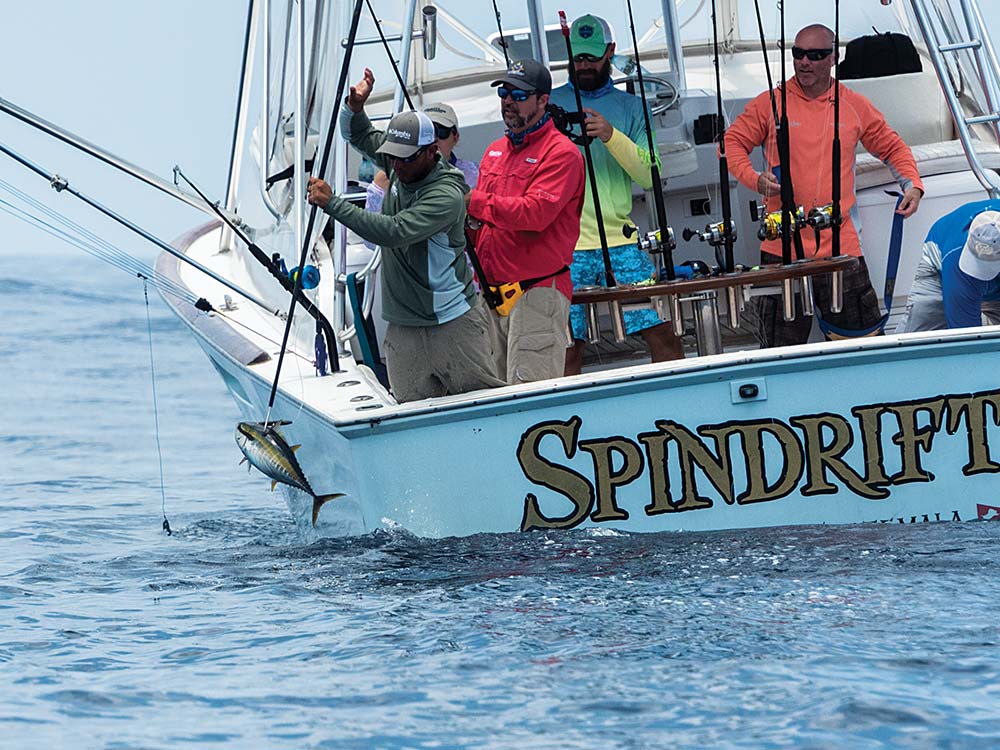
Yes, the Salt Water Sportsman brain trust and the excellent crews were critical, but our success was not unique. Casa Vieja’s clients left with 13,949 epic stories in 2016, and the window of opportunity remains. Guatemala’s peak season is November to June, which means you can experience once-in-a-lifetime almost anytime.
More Photos Below
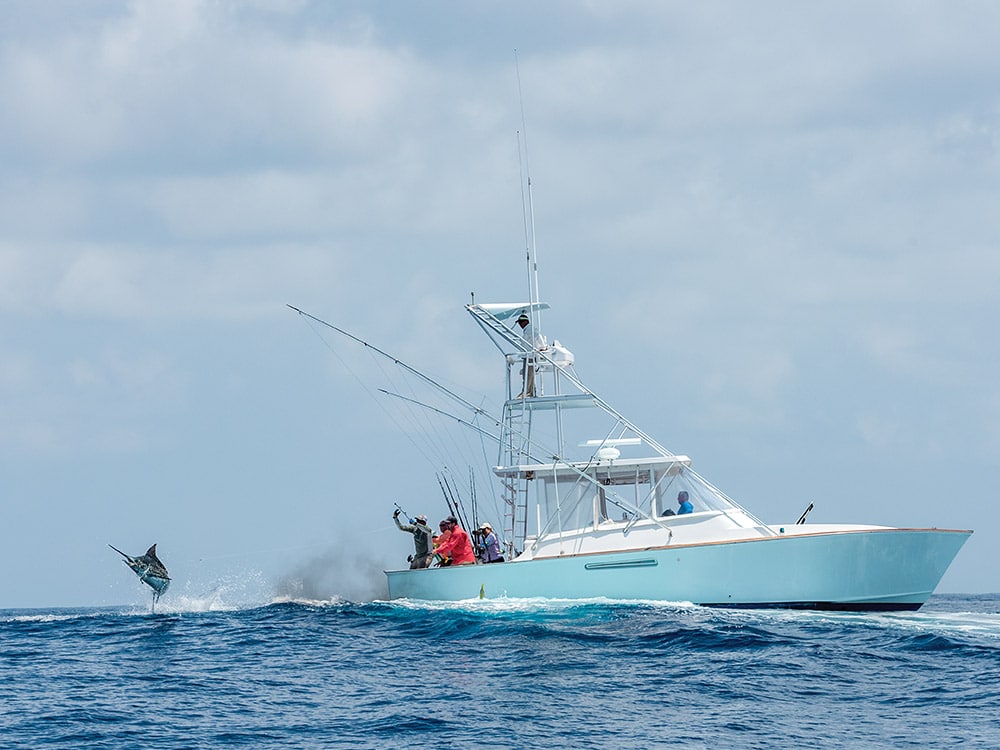
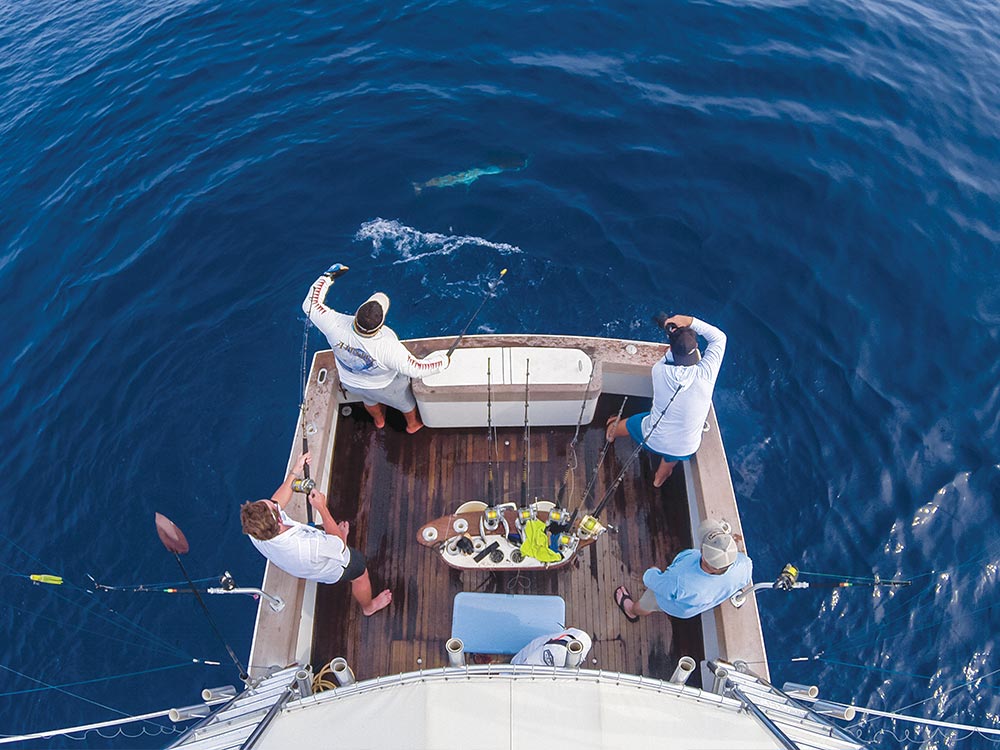
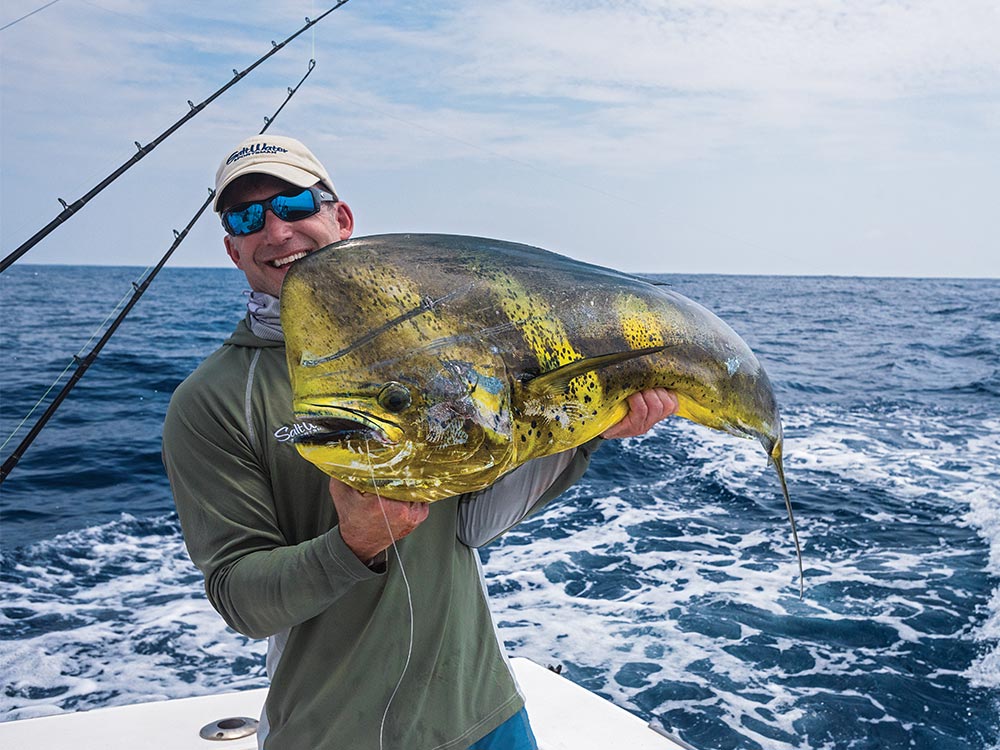
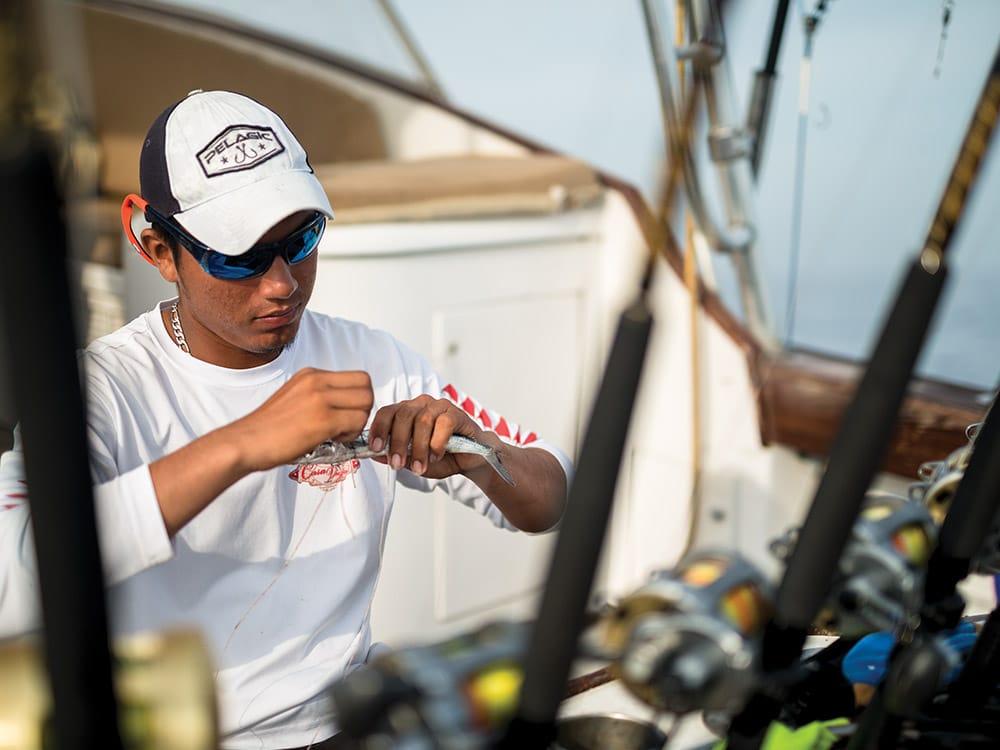
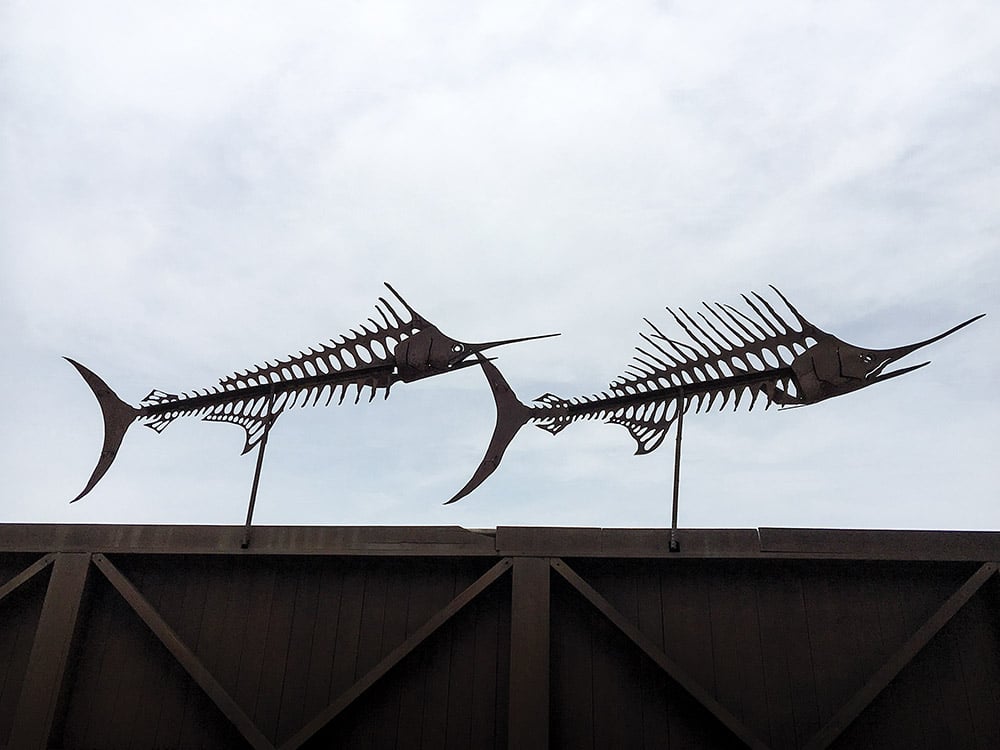
Casa Vieja Lodge
The Middle America Trench, reaching depths of 21,000 feet off the coast of Guatemala, offers a migratory highway for pelagic species, Pacific sailfish the most plentiful among them. Perfectly situated to take advantage of this abundance, Casa Vieja Lodge offers what’s arguably the most active billfish fishery on Earth. Exhibit A: Casa Vieja reported 28,051 raises, 23,535 bites and 13,949 releases last year.
The lodge in Puerto San Jose, Guatemala, enjoys a well-earned reputation for producing fish and catering to anglers’ comfort. Top-flight captains and state-of-the-art equipment leave little to be desired when it comes to a first-class offshore experience.

